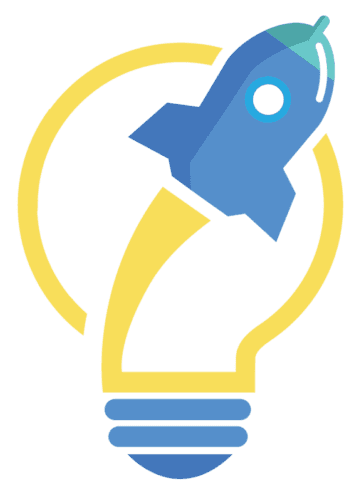Definition
Understanding Plan, Do, Check, Act
Plan, Do, Check, Act (PDCA) is a four-step management methodology used for the control and continuous improvement of processes and products. It is also known as the Deming Cycle, named after its creator, Dr. W. Edwards Deming, a pioneer in quality management.
Plan
The first step involves identifying and understanding the problem or opportunity for improvement. Goals are set, and a detailed plan is developed to achieve these goals.
Do
The second step involves implementing the plan on a small scale. The plan is executed, and data is collected for later analysis.
Check
The third step involves analyzing the data collected during the Do phase. The results are compared with the expected outcomes to ascertain any differences.
Act
The fourth step involves acting on the results. If the results are as expected, the plan can be implemented on a larger scale. If the results are not as expected, the process returns to the Plan phase.
Usage Examples
1. In software development, PDCA could be used to improve a bug tracking process.
2. In customer service, PDCA could be used to reduce response times.
3. In manufacturing, PDCA could be used to reduce waste.
Historical Context
The PDCA cycle was popularized by Dr. W. Edwards Deming in the 1950s. However, it was originally created by Dr. Walter A. Shewhart, who was a mentor to Deming.
Misconceptions
- PDCA is not a one-time process but a cycle of continuous improvement.
- PDCA does not guarantee success, but it provides a systematic approach to problem-solving and improvement.
Comparisons
- PDCA vs. DMAIC: While both are systematic approaches for process improvement, DMAIC (Define, Measure, Analyze, Improve, Control) is more data-driven and is typically used in Six Sigma methodologies.
- PDCA vs. Kaizen: Both aim for continuous improvement, but Kaizen involves everyone in an organization, while PDCA is usually implemented by specific teams or individuals.
Related Concepts
- Lean manufacturing
- Six Sigma
- Total Quality Management (TQM)
- Kaizen
- Toxic Positivity
- Glossary Intrapreneur
An Intrapreneur is an individual within an organization who applies entrepreneurial skills, such as innovation and risk-taking, to their role. They are change-agents, driving growth and transformation from within.
- Glossary Story Points (SP)
Story Points are a unit of measure in Agile project management and development, used to estimate the difficulty of implementing a given story. They help teams better predict their work capacity in future sprints.
- Glossary Scope Creep (SC)
Scope Creep, a common term in project management, particularly in Agile methodologies, refers to the uncontrolled expansion of a project's scope, often without corresponding adjustments to time, budget, or resources. It is a critical concept as it can lead to project overruns, compromised quality, and team burnout.
- Glossary Sustaining Innovation (SI)
Sustaining Innovation is an essential concept in the business world, particularly within the Agile, Innovation, and Creativity domains. It refers to the process of making incremental improvements to existing products, services, or processes, which helps businesses to maintain or increase their competitive edge.
